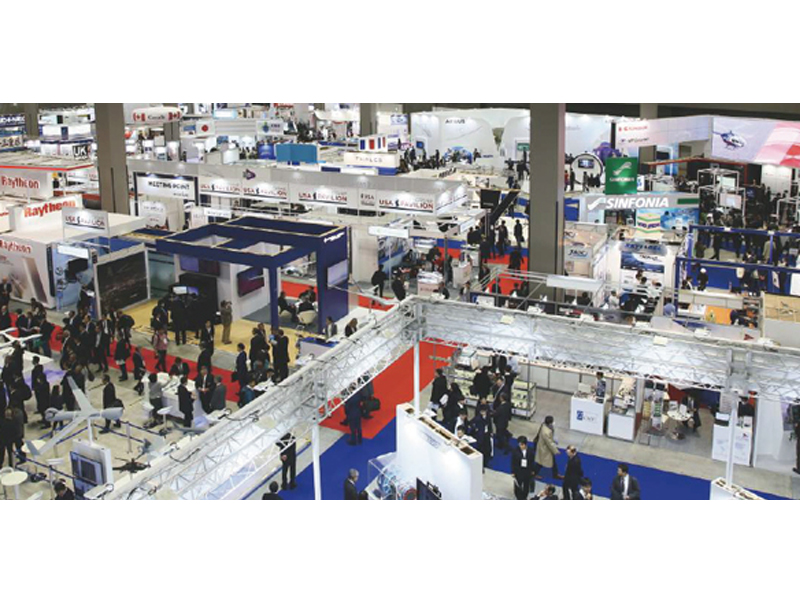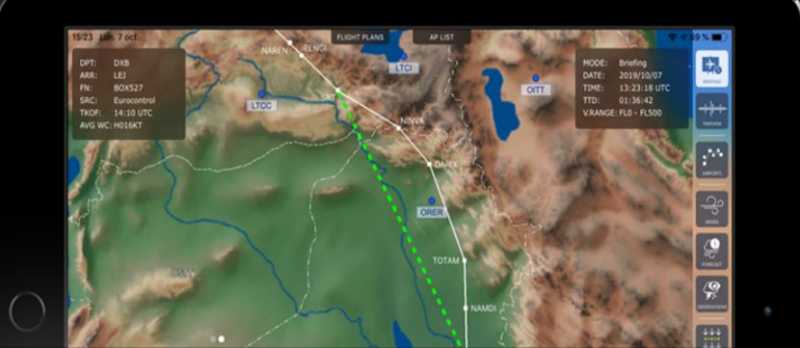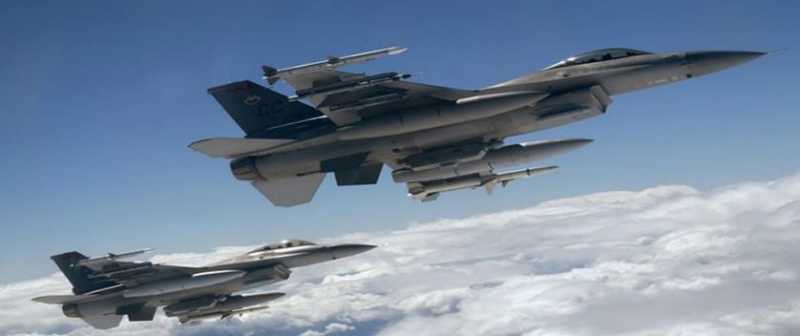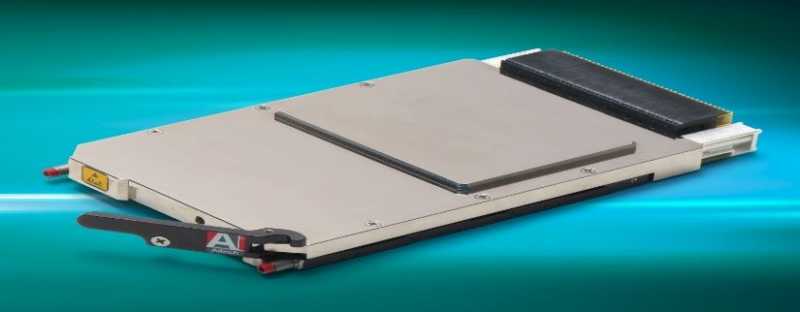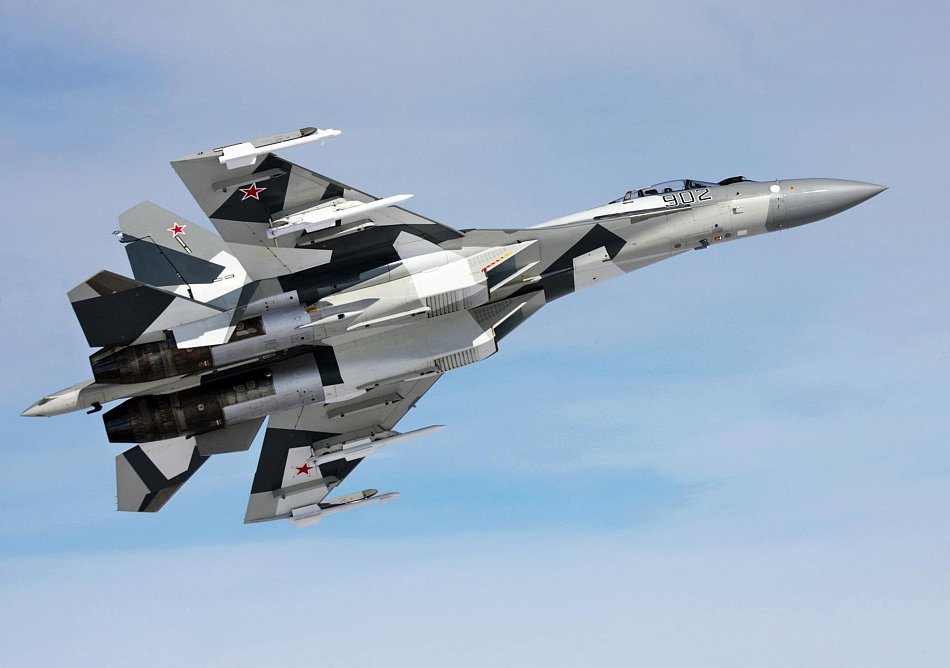
Moscow: The Russian Air Force’s Su-35 fighter jets have covered a distance of about 8,000 kilometres during the relocation from the Russian Far East to the Republic of Belarus.
“Multi-purpose Su-35S fighter jets of the Eastern Military District, involved in the inspection of the reaction forces of the Union State, have completed their flight to airfields in the Republic of Belarus. The crews of Su-35S fighters took off from the airfield in the Khabarovsk territory and covered a distance of about 8,000 kilometres,” reported the Russian MoD in February.
Flight routes were worked out by aviation navigators taking into account the maximum non-stop flight, as well as weather conditions along the entire route.
The Russian aerospace industry recently has outlined the capabilities of the Su-35 in its official presentation. The high-precision navigation, long flight range and endurance further enhanced by in-flight refueling are listed among the major advantages of the fighter jet, while the most important difference between the Su-35 and 4+/4++ generation fighters is its fifth-generation avionics. The Su-35 can carry the widest range of modern Russian guided weapons.
The powerplant consisting of the AL-41F-1S engine with deflectable thrust nozzles has higher thrust than the AL-31F engine used on the earlier Sukhoi fighter jets. The engines give the Su-35 a high level of maneuverability and controllability at beyond-stall angles of attack, i.e. super maneuverability, which is a unique future of Russian serially produced fighter jets. The super maneuverability is especially important for dogfight.
The Irbis-E radar with rotating phased antenna array detects air targets with RCS=3 m² at a distance of 350 km and stands among the airborne radars with longest target acquisition ranges ever developed. The radar is able to track up to 30 targets at a time and guide missiles at 8 of them, while continuing airspace surveillance.
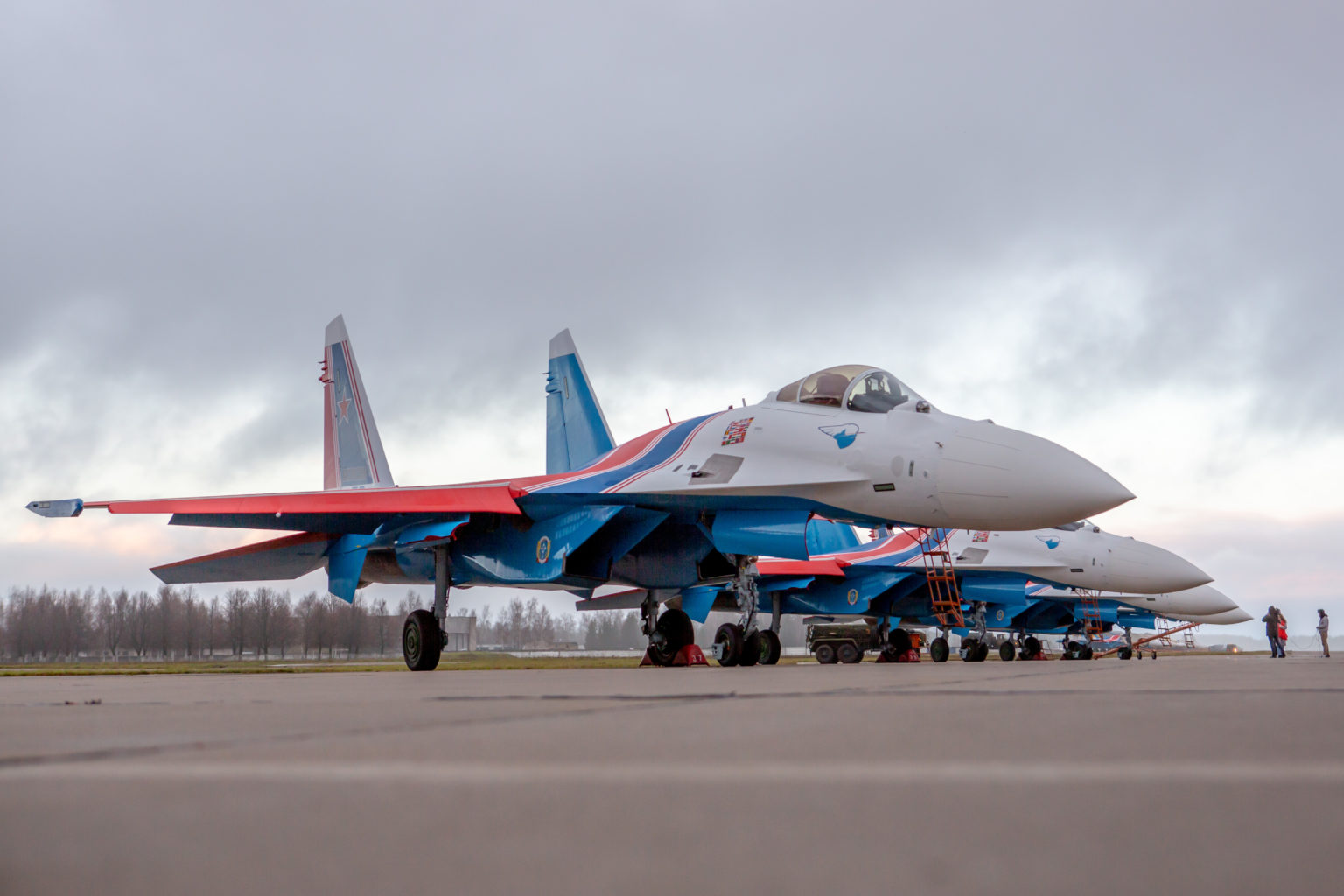
The radar control system also provides for the selective acquisition of moving ground and naval targets. The developer of the Irbis-E radar is the Almaz-Antey’s V.V. Tikhomirov Scientific Research Institute of Instrument Design (NIIP), which also specialides in the air defense systems, having created Buk and other SAMs.
“The Irbis system of the Su-35 fighter jet is our latest development in this radar segment. It has embodied all the best that we have achieved over more than 40 years of development of passive electronically scanned array radars for aircraft and ground-based air defense systems. At least in terms of detection range, the Irbis surpasses all known airborne radars in the world with conventional phased antenna arrays and with AESA,” Yuri Bely, the NIIP’s Director General, said in an interview and added that the Irbis-equipped Su-35 jets successfully covered the actions of the Russian Air Force bomber aircraft during the Syrian operation.
“I believe that, despite the rapid development of active array technologies, the passive array still has a market niche. The active array is costly and not affordable for some customers,” said Belyi.
The second information channel of the Su-35’s weapons control system is a multi-channel infrared search-and-track system. The electronic warfare suite provides self and group defense, comprises EW systems, radio-electronic reconnaissance equipment, CMDS, laser and IR missile launch warning receivers. All airborne equipment is interconnected through the information channels and is kept under a unified information management system’s control.
The Su-35 is known to be able to control fighter jet group actions outside the ground-based radar field.

